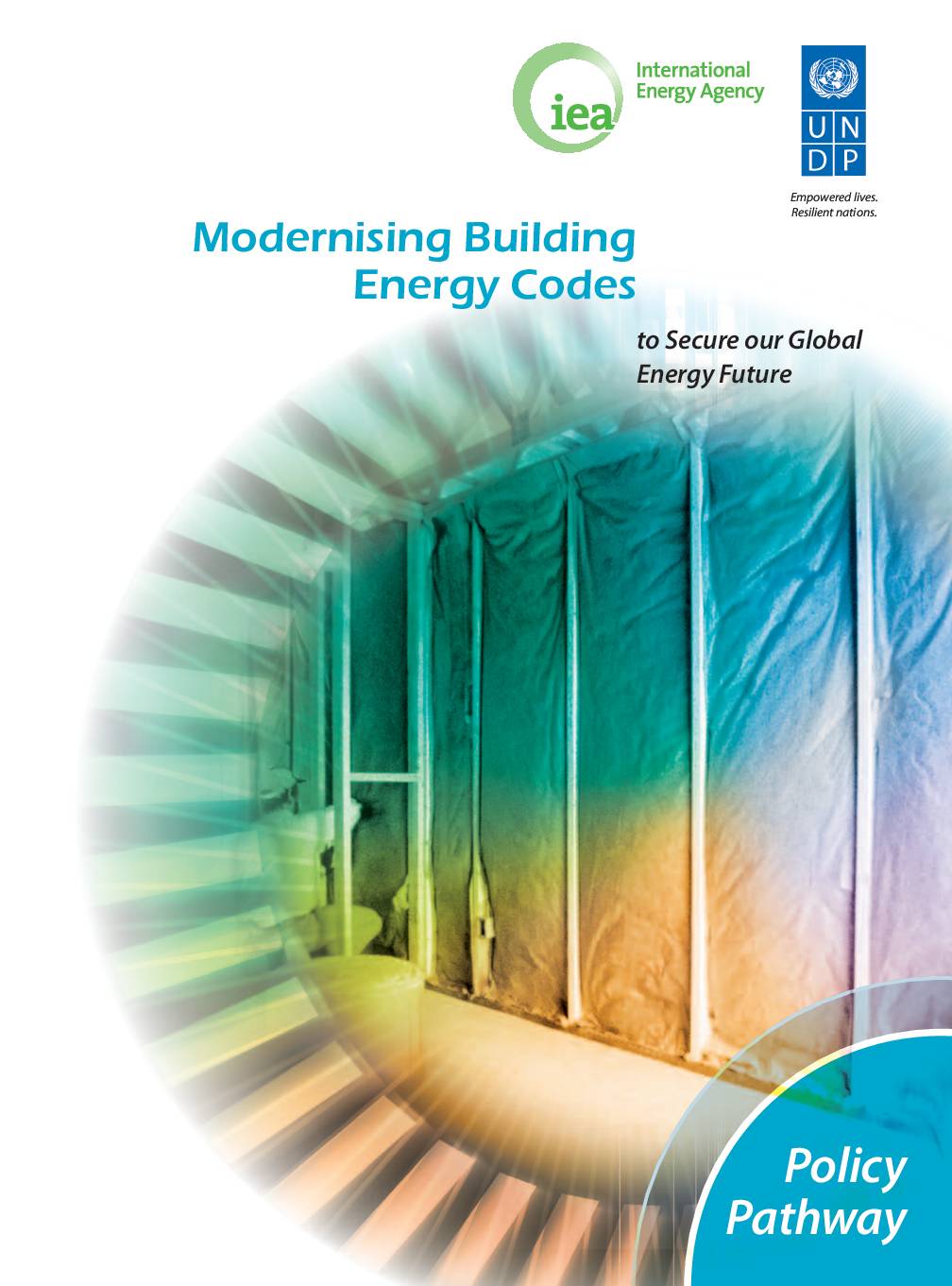Buildings are the largest consumers of energy worldwide and will continue to be a source of increasing energy demand in the future. Globally, the sector’s final energy consumption doubled between 1971 and 2010 to reach 2 794 million tonnes of oil equivalent (Mtoe), driven primarily by population increase and economic growth. Under current policies, the global energy demand of buildings is projected by the IEA experts to grow by an additional 838 Mtoe by 2035 compared to 2010.
The challenges of the projected increase of energy consumption due to the built environment vary by country. In IEA member countries, much of the future buildings stock is already in place, and so the main challenge is to renovate existing buildings stock. In non-IEA countries, more than half of the buildings stock needed by 2050 has yet to be built.
The IEA and the UNDP partnered to analyse current practices in the design and implementation of building energy codes. The aim is to consolidate existing efforts and to encourage more attention to the role of the built environment in a low-carbon and climate-resilient world.
This joint IEA-UNDP Policy Pathway aims to share lessons learned between IEA member countries and non-IEA countries. The objective is to spread best practices, limit pressures on global energy supply, improve energy security, and contribute to environmental sustainability.
Part of the IEA Policy Pathway series, Modernising building energy codes to secure our global energy future sets out key steps in planning, implementation, monitoring and evaluation. The Policy Pathway series aims to help policy makers implement the IEA 25 Energy Efficiency Policy Recommendations endorsed by IEA Ministers (2011).
Share this

Sectors: Buildings, Cross cutting, Renewables
Country / Region: Global
Tags: Building Energy Codes, building types, economic growth, energy, projectsKnowledge Object: Publication / Report
Published by: IEA
Publishing year: 2013
Author: IEA
